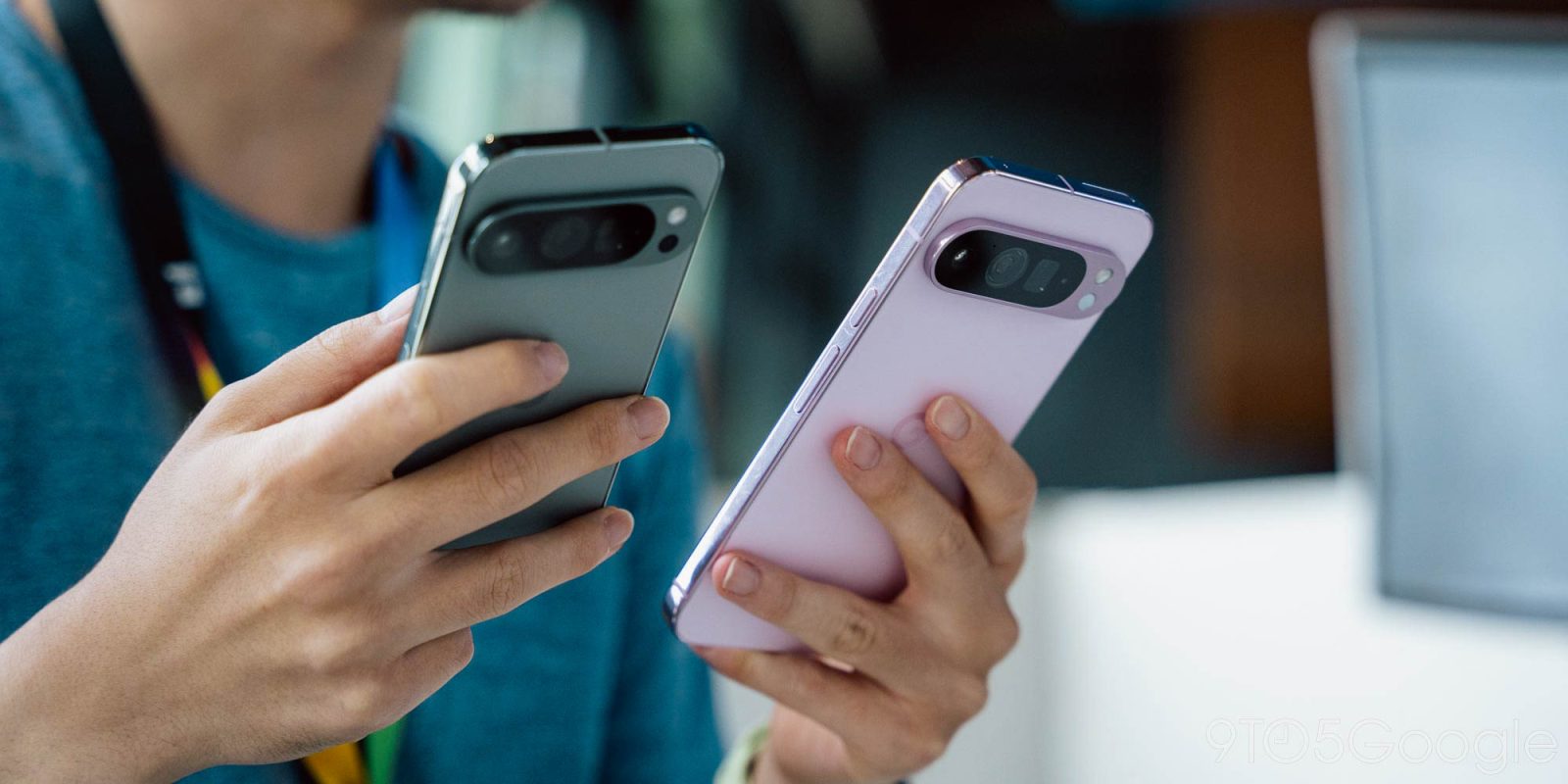
Traditional smartphones are getting a little boring. After nearly a couple of decades of producing these devices, it almost feels like we’re running out of ideas to make everything feel different because the entire industry has reached a point of maturity. But, with the Pixel 9 series, Google is showing how to do that in all of the right ways.
The Pixel 9 series consists of four devices – the Pixel 9, Pixel 9 Pro, Pixel 9 Pro XL, and Pixel 9 Pro Fold. I’ve got more to say about the Fold specifically in another hands-on post (spoiler: it’s really great), but for the core three, I walked away from my hands-on time thinking about how Google’s latest devices just seem flat-out good.
The biggest change this year is that there are three main devices. There’s the base Pixel 9, but the Pro is now split into two. There’s the new Pixel 9 Pro with a 6.3-inch screen and the Pixel 9 Pro XL with a 6.8-inch display. Both sizes are identical in all but screen and battery sizes, including their designs and color options.
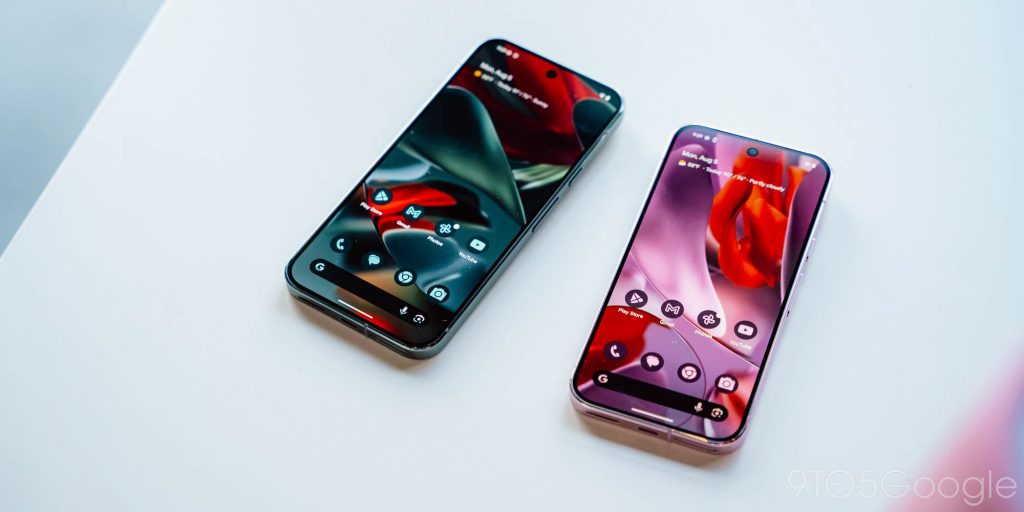
From a design perspective, nothing about the Pixel 9 series is really a drastic shift from the rest of the series. You’ll still got slab smartphones in a couple of different sizes that have rounded corners and a bar on the back to house the cameras. Yet, they still look quite a bit different from the Pixel 8 series.
That starts with the edges, with all of the side rails across the series going for a flat design. Gone are the curves of past generations, with the design now giving off plenty of iPhone vibes, but not in a bad way. In the hand, the new hardware feels great. The smaller Pixel 9 Pro truly is just a more powerful small phone in all of the best ways – it shares quite literally the same footprint as the base Pixel 9, even being able to use the same cases.
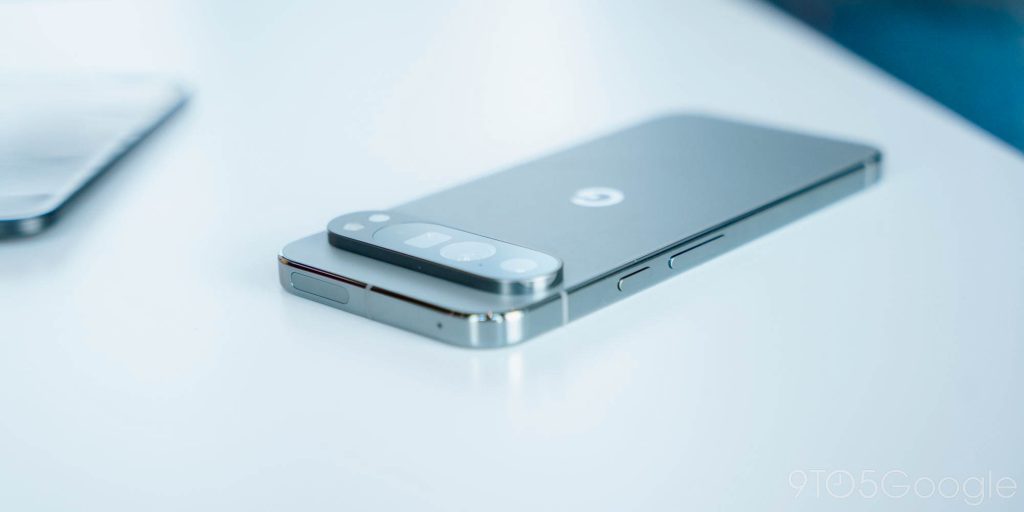
Google’s color options also continue to learn more and more into subtle, pastel options. My images from the hands-on session didn’t come out quite as I hoped, but in-person the colors are still a little underwhelming to me. Hazel is definitely the best option for the Pro duo (not that the pink looks bad by any means), while the super-bright Peony is undoubtedly the standout on the base Pixel 9.
The new look for the camera module also looks really good in person. I liked Google’s previous camera bar design, but this new look feels a little more futuristic, and I’m absolutely on board for it.
The displays also immediately stood out to me. They’re super bright and crisp. For lack of a better comparison, they’re closer to the quality that Apple has with its latest iPhones, as well as being right up there with Samsung’s flagships. The bezels aren’t as jaw-droppingly thin as the iPhone 15 Pro, but they’re still quite tiny, and the rounded corners make it all feel a little bit unique.
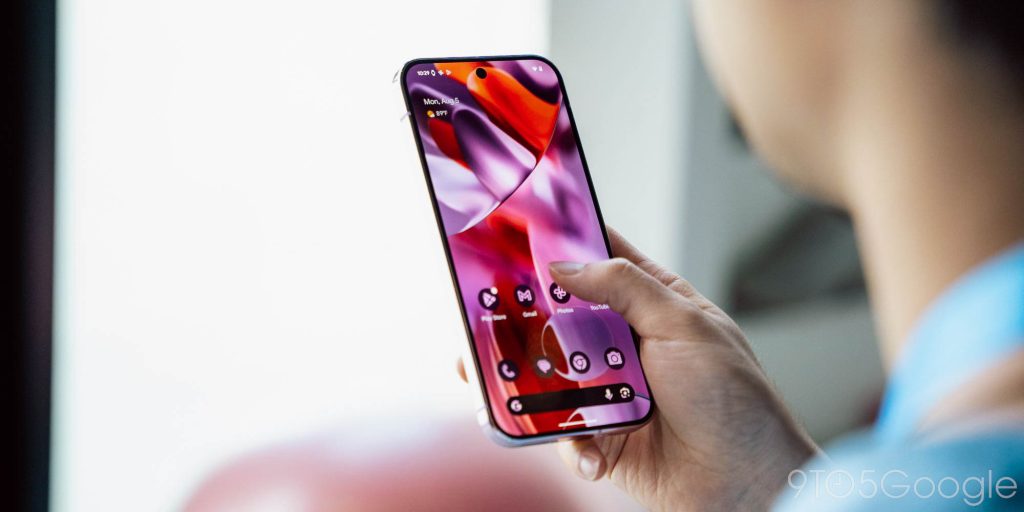
At their core, as mentioned, the Pixel 9 series is really just another set of traditional smartphones, but they’ve come to this point of maturity in a great way. Google could have continued forward with its same design on the Pixel 6, 7, and 8 series, but it took some chances here. Those chances happen to make it look more like an iPhone, yes, but only if you choose to view it through that lens.
To me, the Pixel 9 series just signifies that Google is ready to take some bigger risks with Pixel, and that’s just in time for what’s to come.
The Pixel 9 series is available for pre-order starting today and ships on August 22.
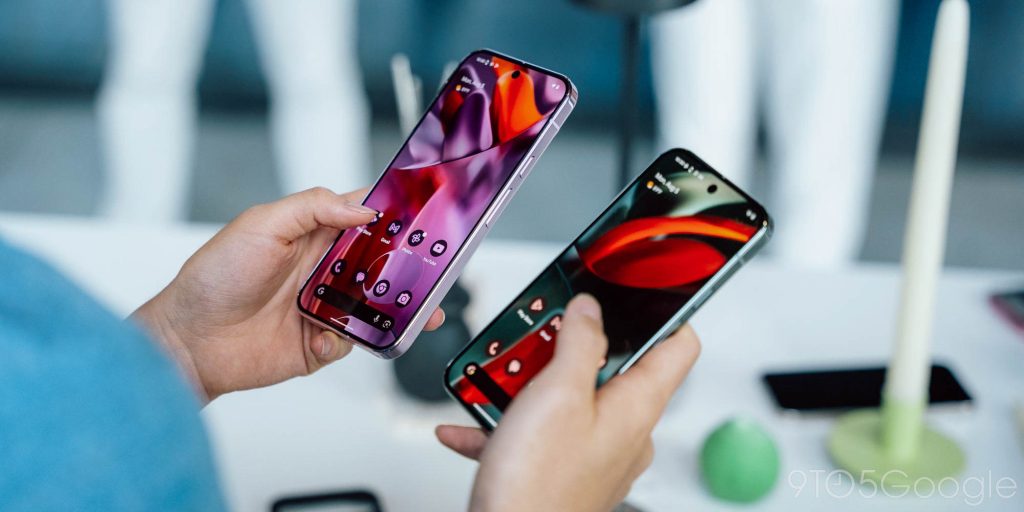
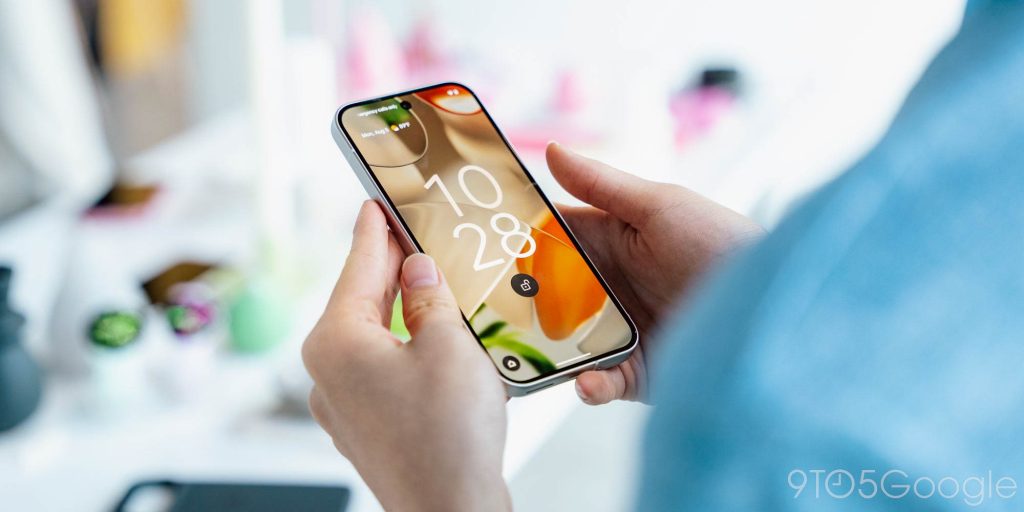
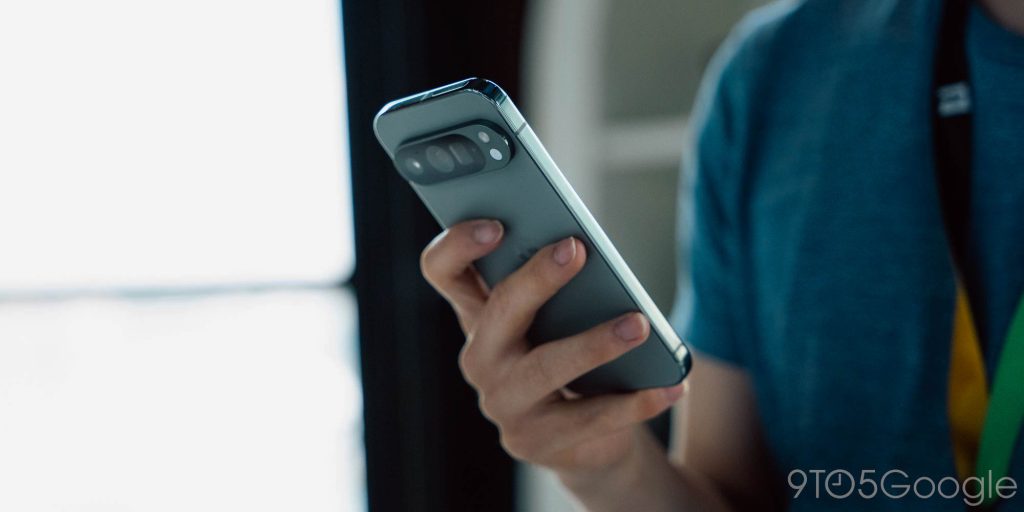
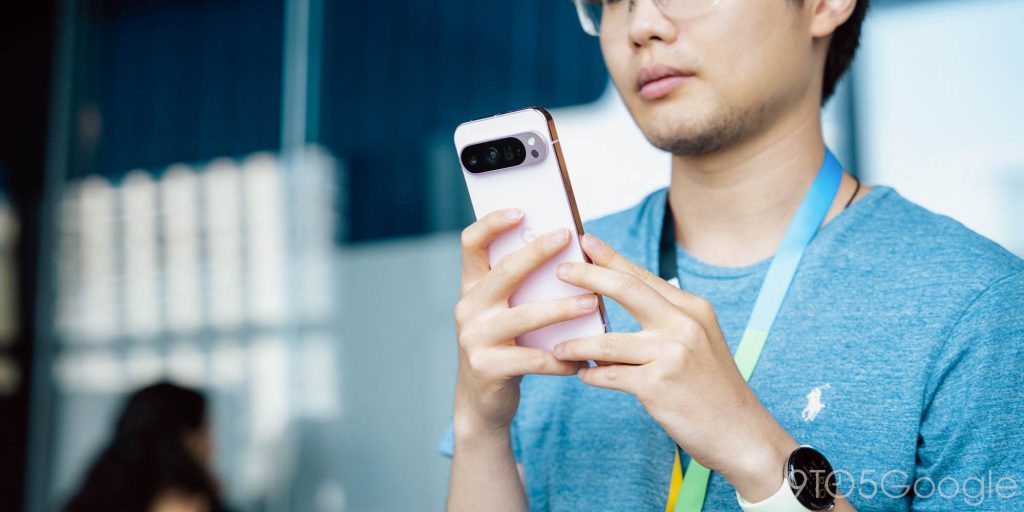

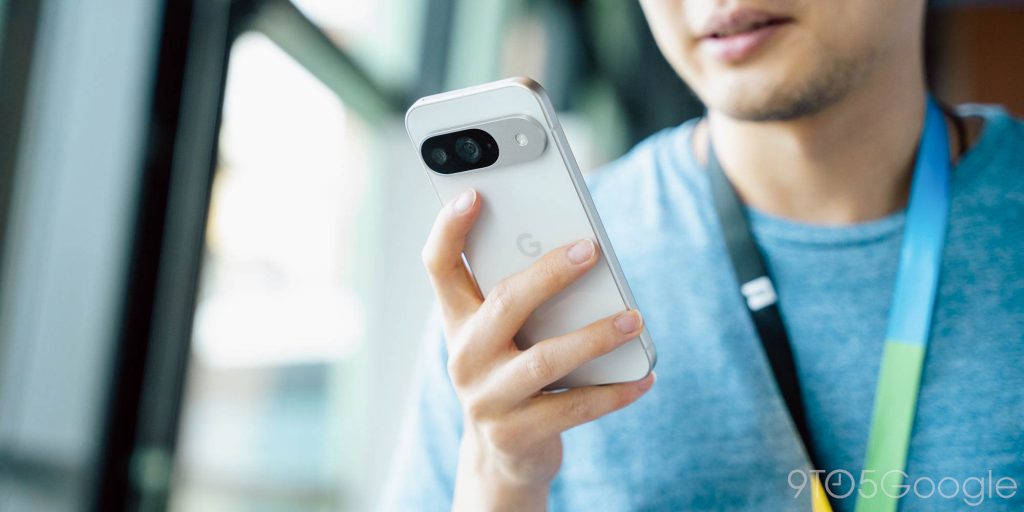
More on Google Pixel:
- Pixel 9 Pro and Pro XL launch with Satellite SOS, Android 14, $999 starting price
- Google’s Pixel 9 Pro Fold launches in September with major hardware upgrades for $1,799
- Google launches AI-loaded Pixel 9 at $799
Follow Ben: Twitter/X, Threads, Bluesky, and Instagram
FTC: We use income earning auto affiliate links. More.
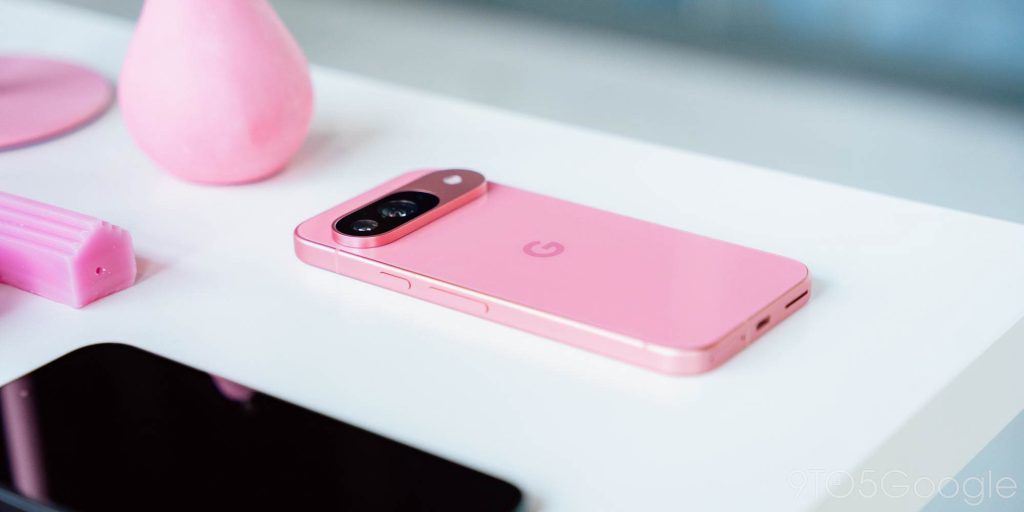
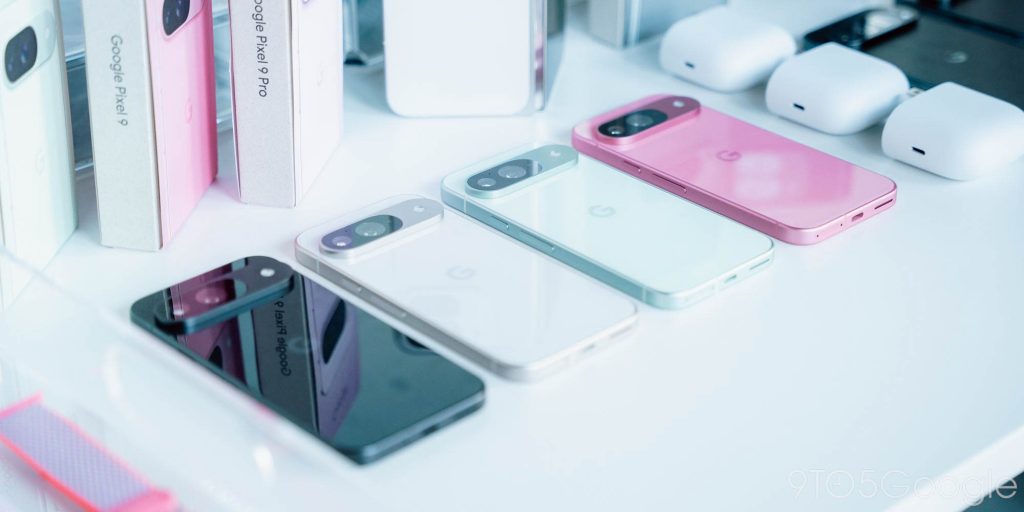
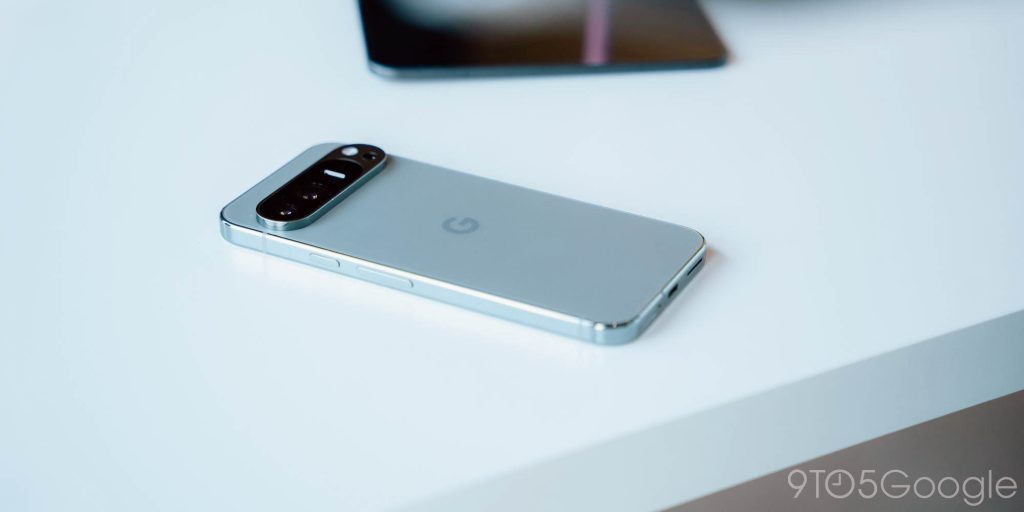



Comments